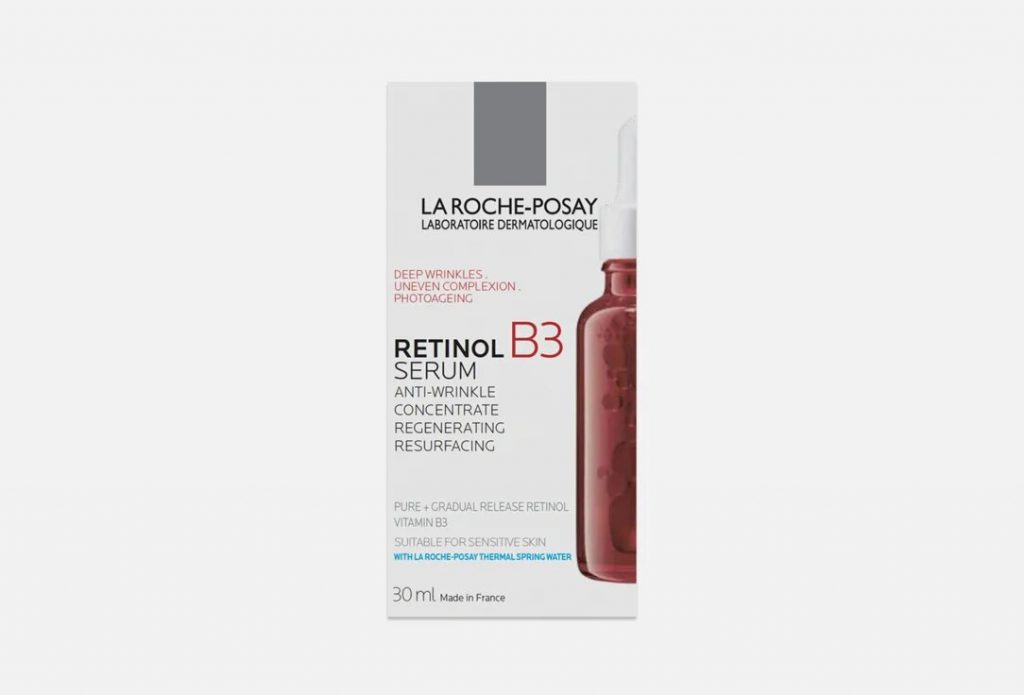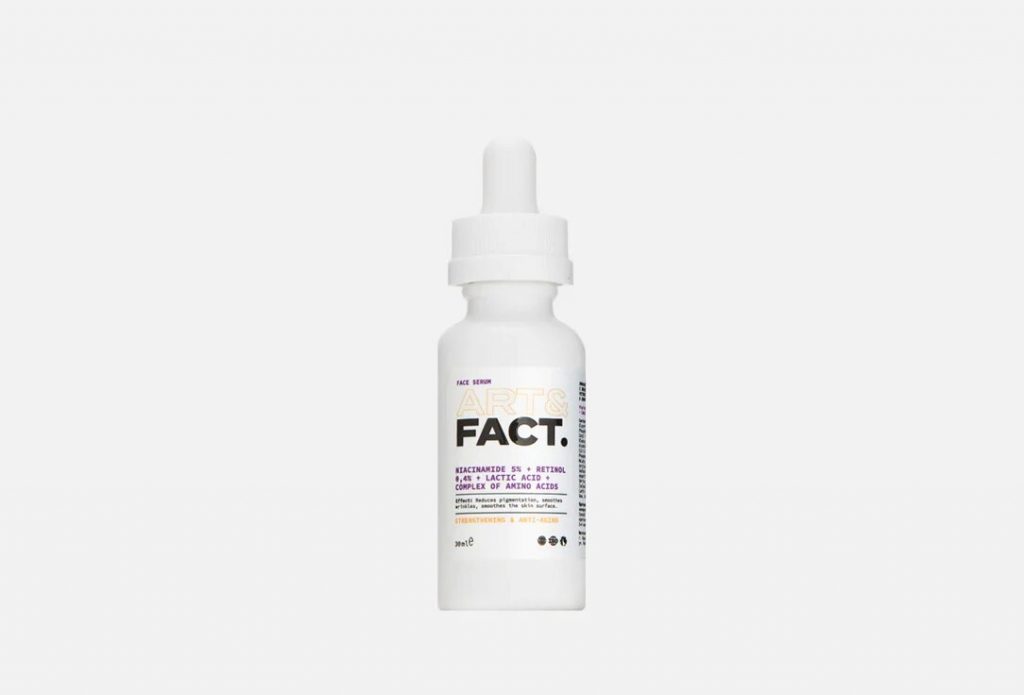
Stagnant spots and post-acne are, as they say, brothers in misfortune. But they bring us misfortune. They asked Ekaterina Vasilyeva, Candidate of Medical Sciences, dermatovenerologist and founder of Artleo Clinic, what really happens after acne and how to deal with it.

Ekaterina Vasilyeva
What is post-acne?
It is the scar tissue that remains after acne, after inflammatory elements, that is, after acne. Purulent contents erode the tissue, causing scarring.
Are stagnant spots and post-acne the same thing?
post acne – Scar tissue on the face that can be seen in many people are pits. still point It occurs when the inflammatory element heals but does not form a scar, but leaves behind a vascular component. Due to inflammation, changes occur in the skin, the vascular component enlarges, the skin becomes red-blue. In other words, a stagnant spot is formed by the blood vessels and post-acne scar tissue forms.
Causes of post-acne appearance

Post-acne occurs after inflammation, pimples, or pimples have formed. The contents of the pustule, the purulent content, erodes the dermal layer and scar tissue forms.
Can post-acne go away on its own?
In short, no. Scar tissue does not disappear on its own. However, stagnant spots, which are often confused with acne, disappear on their own after a while.
How do I get rid of acne after acne?
We are used to old methods such as laser resurfacing, but this method is very aggressive. Resurfacing removes layer by layer, resulting in thinning of the stratum corneum. The skin becomes vulnerable and ages faster.
Today, RF therapy or collagen therapy is mainly used to combat post-acne. Using RF therapy, the doctor lifts the tissue from bottom to top and stimulates collagen. A collagen stimulator is injected into the thickness of the scar.
How to speed up this process with the help of cosmetics?


Applying external products will not eliminate post-acne conditions. Using retinol could possibly have an effect, but it all depends on the severity of the scar. If it is small, retinol will help. It will equalize the skin layer again and again. If we are talking about deep scars, external treatment will not help here.
How to prevent post-acne?
Initially, it is necessary to ensure hygiene and prevent the formation of scars. We need to sound the alarm as soon as we see acne appearing. So go to a dermatologist or beautician. If you wait for these pimples to turn into scars, it will be harder and longer to fight them.
Scar tissue itself is quite flexible when fresh. The fresher the scar, the easier it is to correct. Therefore, if acne is already present, it needs to be treated immediately.
Source: People Talk
I’m Roger Gritton, and I’ve been writing for the The Fashion Vibes for over 5 years now. My specialty is beauty news; I’m passionate about covering the latest trends, products, and innovations in the industry. In my time there, I’ve become known as an authority on all things beauty-related.
I love discovering new experts to interview, researching up-and-coming ingredients and techniques that are making their way onto our beauty shelves and highlighting people who are making a difference in the world of cosmetics. My work has appeared not only on The Fashion Vibes, but also several other publications including the New York Times Magazine, Allure Magazine and Refinery29.





